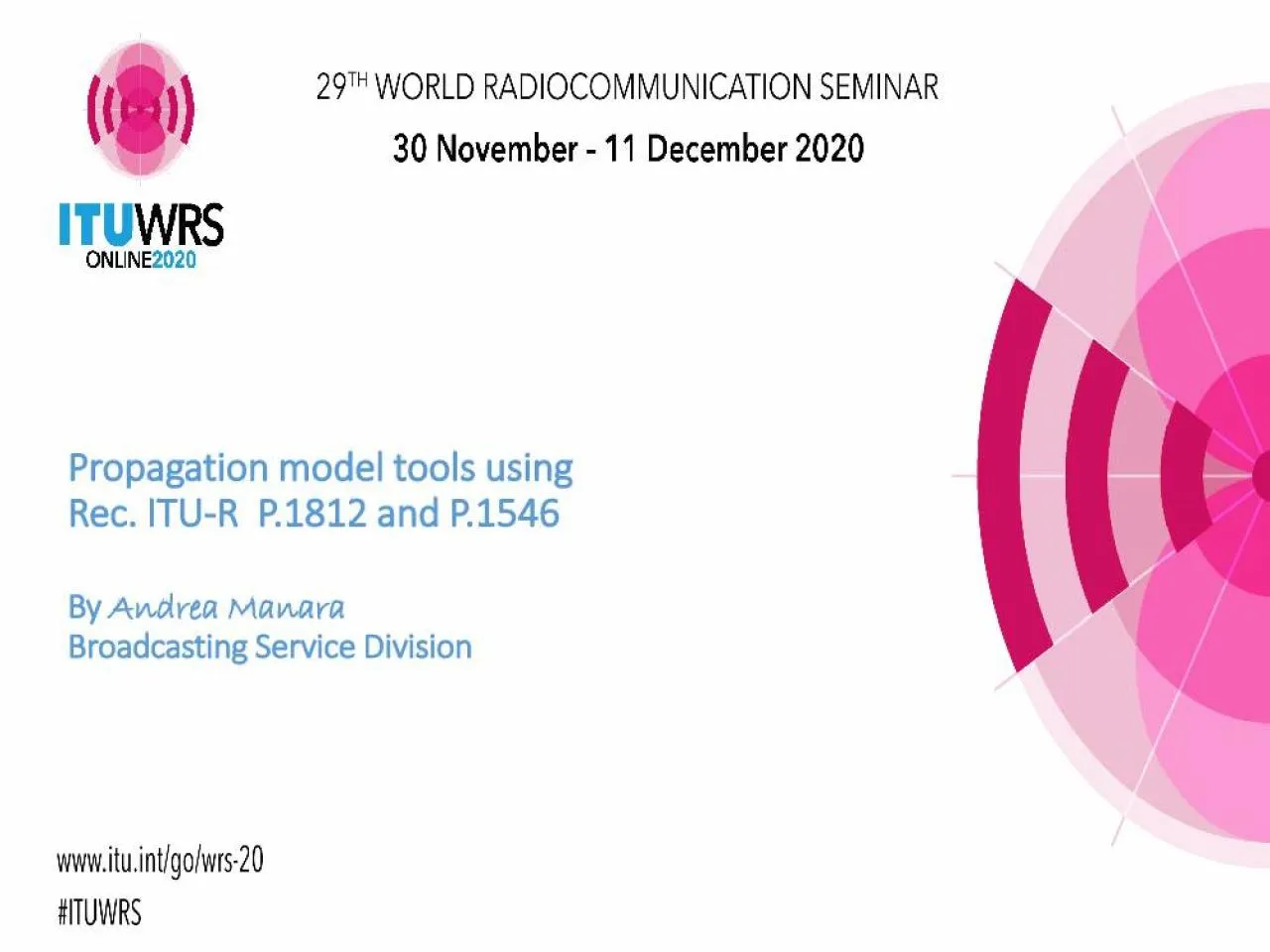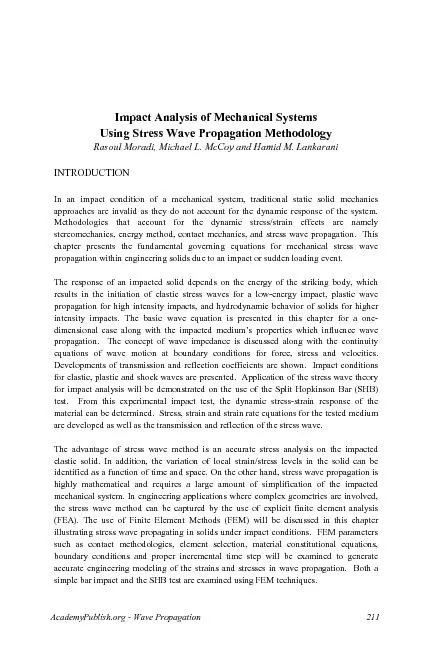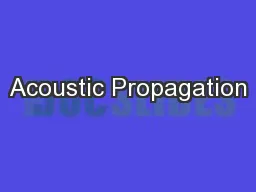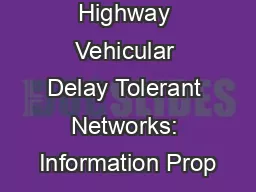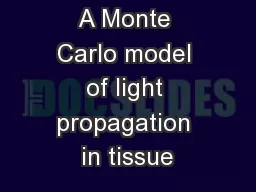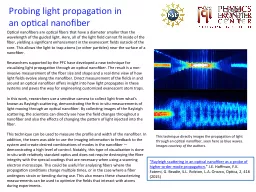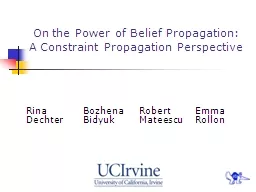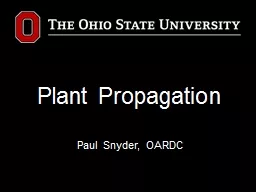PDF-Propagation model tools using
Author : winnie | Published Date : 2021-10-06
Rec ITUR P1812 and P1546By Andrea ManaraBroadcasting Service DivisionShort presentationRec ITUR P1812 and P1546 propagation modelseToolscalculations new P1812 fs
Presentation Embed Code
Download Presentation
Download Presentation The PPT/PDF document "Propagation model tools using" is the property of its rightful owner. Permission is granted to download and print the materials on this website for personal, non-commercial use only, and to display it on your personal computer provided you do not modify the materials and that you retain all copyright notices contained in the materials. By downloading content from our website, you accept the terms of this agreement.
Propagation model tools using: Transcript
Download Rules Of Document
"Propagation model tools using"The content belongs to its owner. You may download and print it for personal use, without modification, and keep all copyright notices. By downloading, you agree to these terms.
Related Documents

